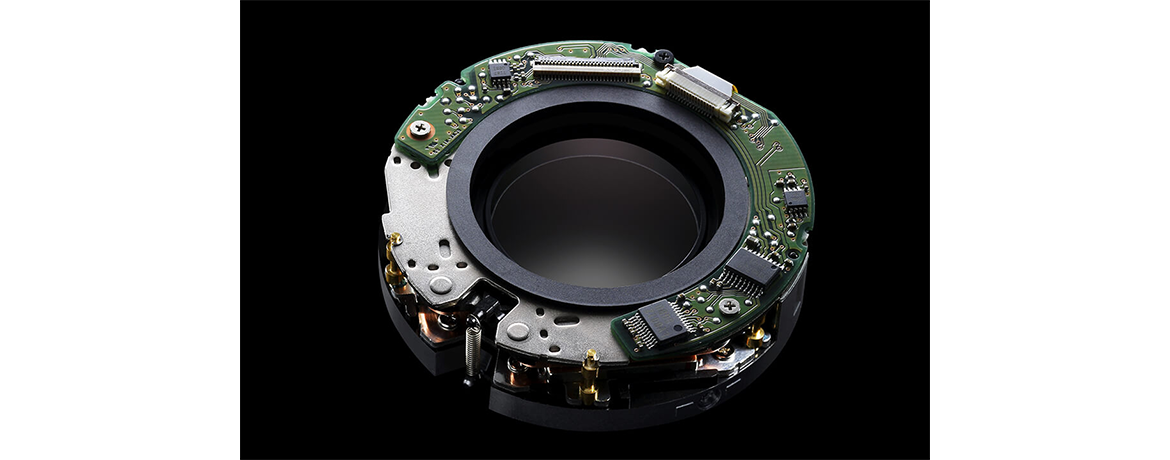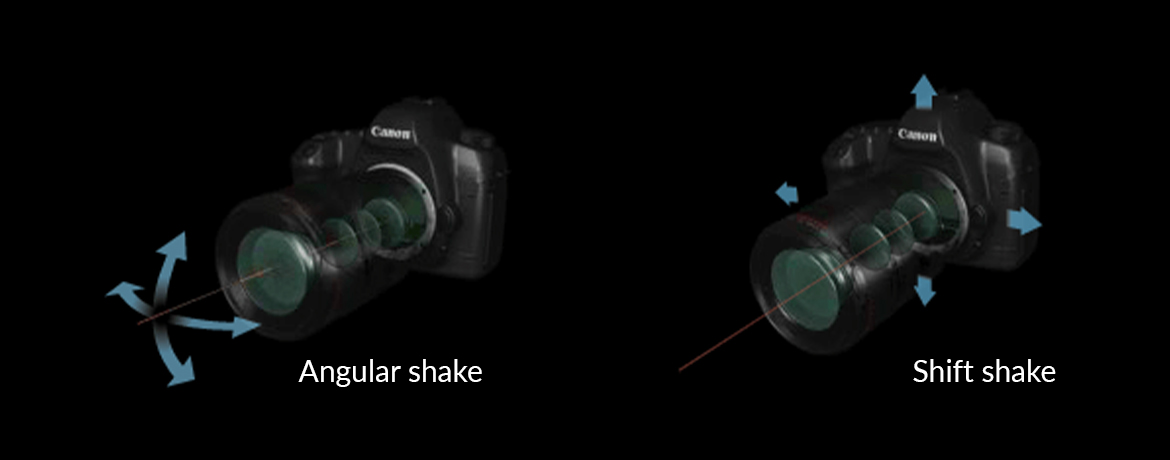Hybrid IS (In-lens Image Stabilisation)

The goal of introducing image stabilization (IS) features in a macro lens has inspired camera designers since the initial development of IS systems. However, macro photography poses even greater challenges; in addition to conventional image stabilization, which compensates for a change in the lens angle, it is also necessary to compensate for positional shift: movements from side to side, or towards/away from the subject. This latter type of camera shake can noticeably affect the results, when shooting at close range. When taking photos of a distant subject, any movement that is parallel to the imaging plane has little effect on the results, but when taking macro photos, even a slight amount of movement can ruin an image. Canon set out to develop a system that would sense and compensate for both types of camera shake. The result was the Hybrid Image Stabilizer (Hybrid IS).

The technology to compensate simultaneously for both angle and shift camera shake was elusive: Canon’s solution was to employ two types of motion sensor and a new algorithm. In addition to the conventional angular velocity sensor, which was used to detect angle-based camera shake, the Hybrid IS system incorporates a linear acceleration sensor. Any camera movement detected by the two sensors is integrated using a newly developed algorithm, to calculate the degree and direction of the camera shake movement.

Hybrid IS is far more successful at capturing a stable image than conventional IS methods, even in the case of hand-held isometric (1x) photography, which has traditionally been very difficult. This allows the user to take high-precision handheld macro photos even when shooting in dimly lit venues where it is not possible to set up a tripod. The first lens to adopt this technology, the EF100mm f/2.8L Macro IS USM, gained widespread popularity and revolutionized the world of macro photography. The RF mount version RF100mm f/2.8L MACRO IS USM, which offers a maximum magnification of 1.4x, is also equipped with the Hybrid IS system. This further expands the possibilities for handheld macro imaging.
